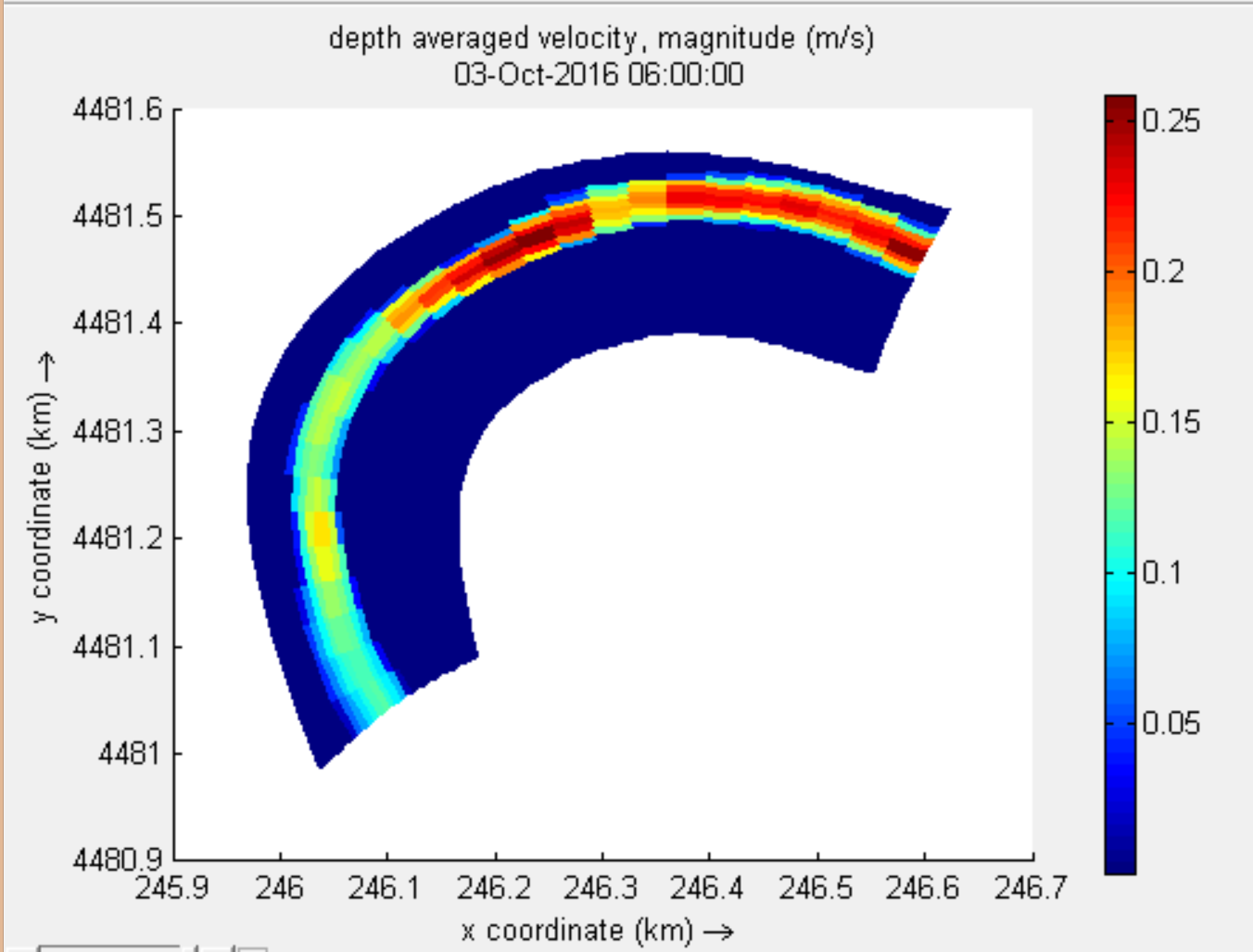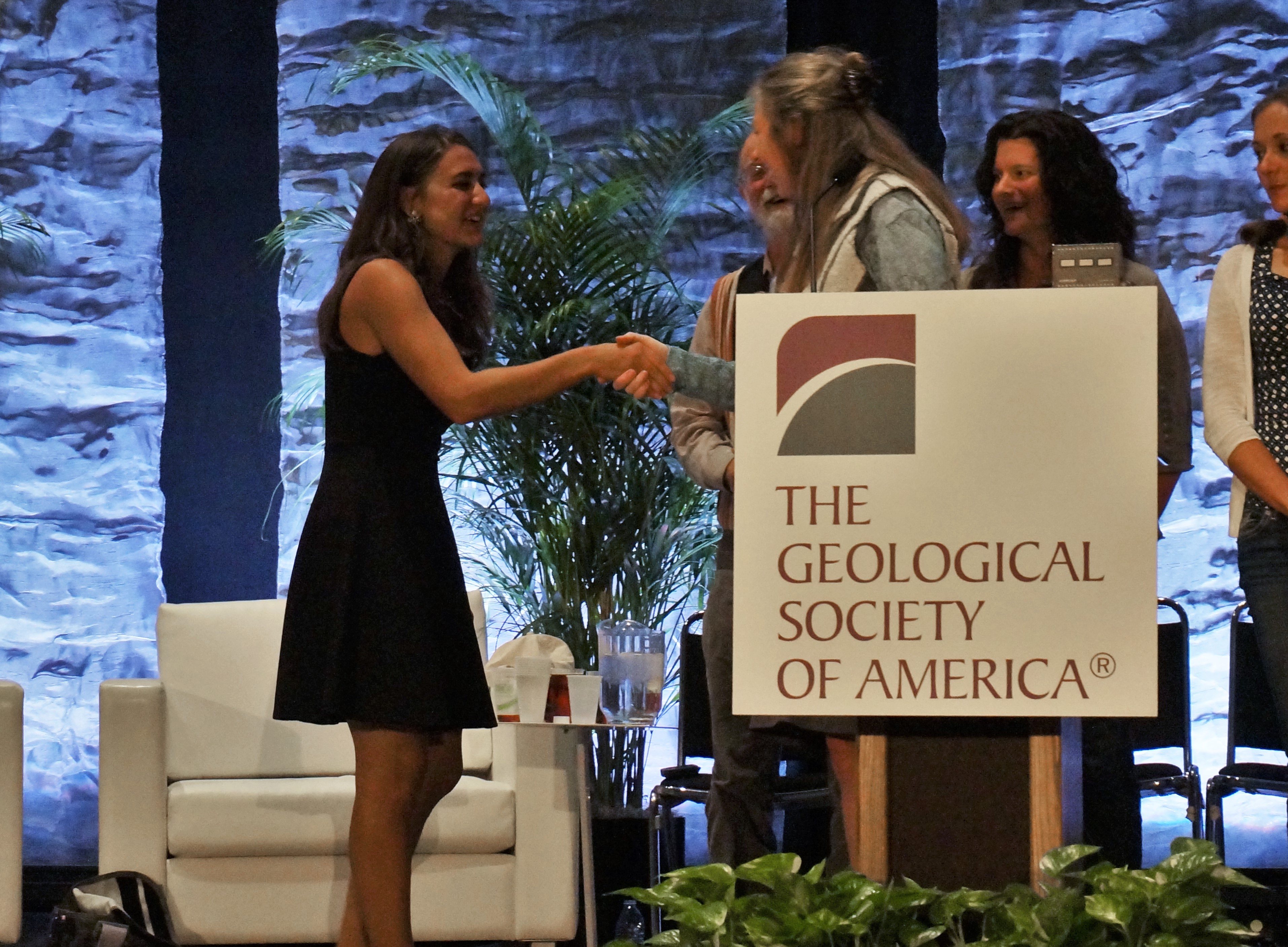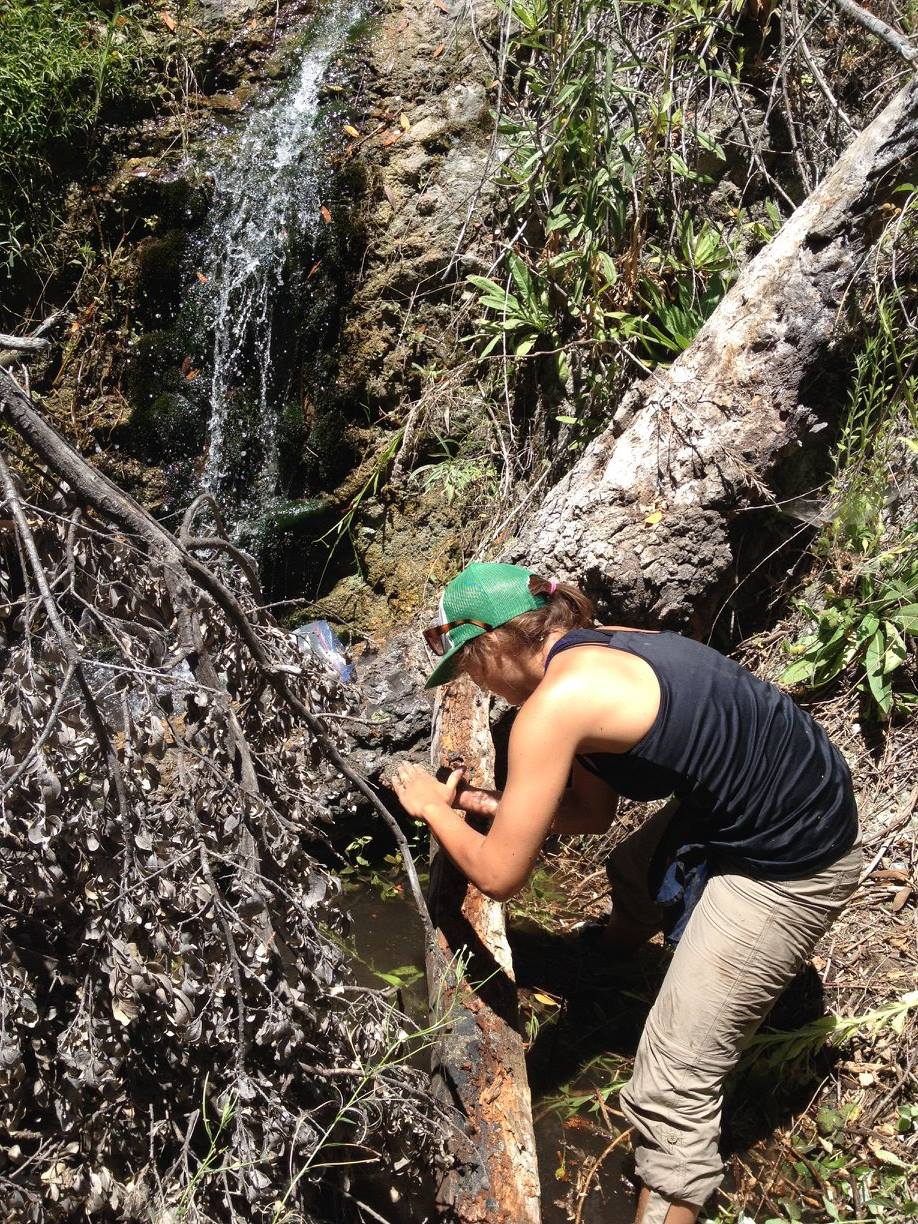Call me an infrequent large-magnitude event ’cause I’m doing geomorphic work!!
(sorry sorry sorry)
First off, want to know how that stream survey ended up? Turns out Delft3D is actually super pro at taking survey data and turning it into bathymetry and grid inputs for flow models. Then we can re-create flow at various stages and even modify the bed roughness given our pebble count data. I just got the model running today but the cross-sectional velocities produced from the model actually match our Flow Tracker data really well – almost making it worth losing the sunglasses.

Then I managed to get into the field with Greg Mount and Li Guo to do a ground-penetrating radar grid survey around the well/core site at Garner Run. These surveys will help us see in three-dimensions how the water and/or colluvium varies around the drill site. This is important because I want to know as much as I can about the core because we’re getting back our Al/Be cosmo burial dates soon(!) and it would be super cool to have some subsurface context. Like, why did we drill through a thick package of sand when a few meters away the valley is filled with boulders with interstitial voids?
And finally, I went to GSA in Denver! I had the privilege of speaking in an amazing session headed up by my equally awesome friends Charlie and Rachel. The session was full of young, excited scientists tackling complicated questions about the different spatial and temporal scales of heterogeneity in landscapes. A++ session. I also was lucky to have great conversations about my work with fellow scientists. And then as part of a fun-filled QG&G-sponsored day, I learned about alluvial terraces on the Front Range with Melissa Foster and Bob Anderson, in addition to checking out some possible periglacial mass movement features, hogbacks, and debris flow scars.
Finally after an admittedly exhausting day, I traded boots for heels and attended the Quaternary Geology and Geomorphology award ceremony, where they honored folks like Bill Ruddiman with amazing careers (and a few students too). I’m very grateful to have received the Morisawa award this year, and I’m looking forward to future GSA meetings where I can reconnect with all the great geomorphologists who come out for GSA.
So all in all, a busy, wonderful September. In two weeks our geomorphology class is going to the Finger Lakes to do some work on the rivers and waterfalls around Ithaca. I’m excited to camp and get out in the field, but it’ll be cold!
Looks like the CZO put up a profile of me on their website!
And finally I present for you, faithful reader of rambling grad student blog posts, a message from Mr. Del Vecchio:




